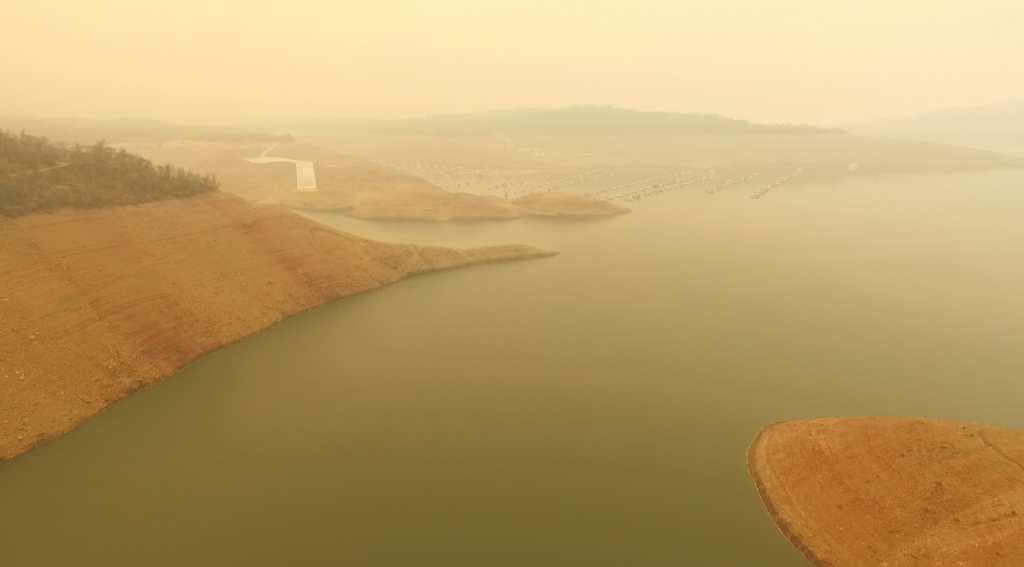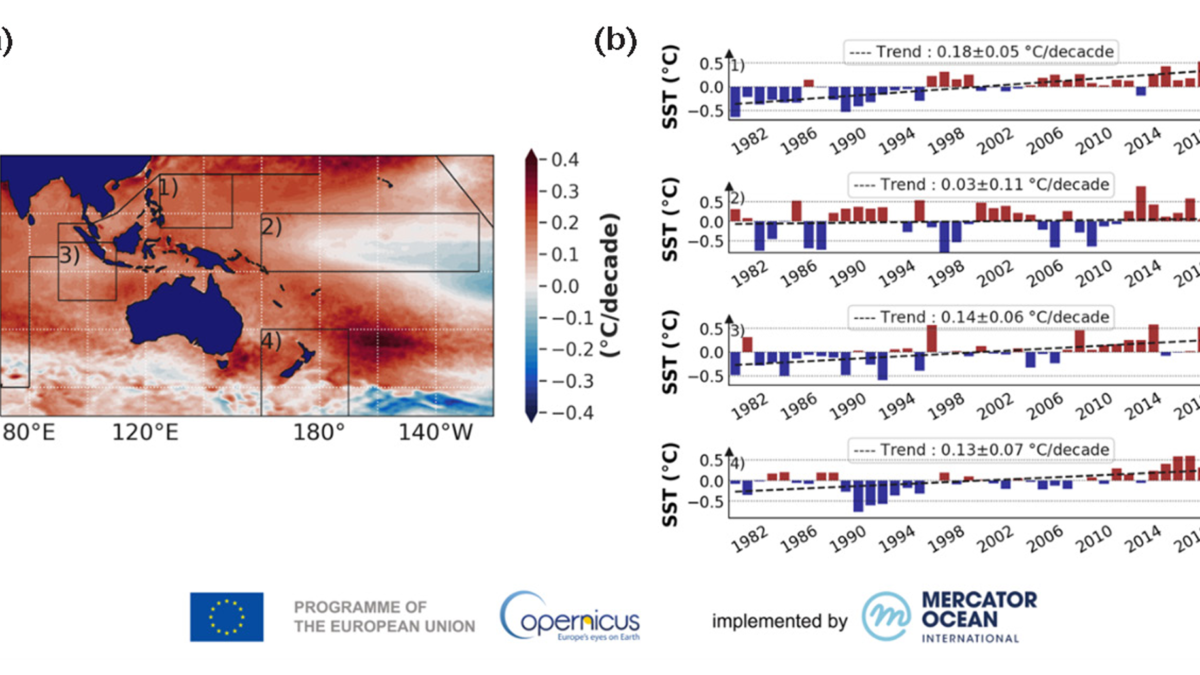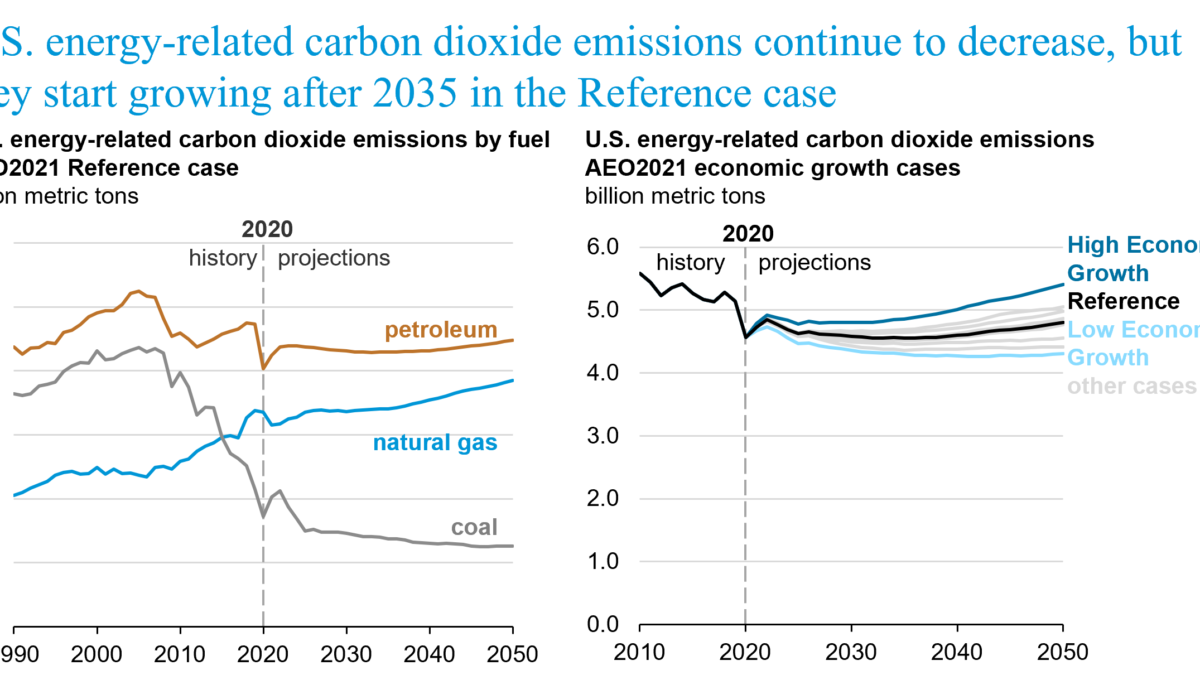California mega-drought reduces Lake Oroville reservoir to historically low level – Hydroelectric plant shuts down – “We’re in uncharted territory”

OROVILLE, California, 20 August 2021 (Action News Now) – The reach of the drought emergency has a shocking look at as Lake Oroville drains to dirt.
With a surface area of just over 15,000 acres – Lake Oroville provides water and electricity and impacts the local economy as recreation is big on this lake.
California’s 14th largest lake and the second-largest reservoir is now facing the worst crisis in its 52-year history.
27 million people depend on water from here and as of August 19, the lake sits at 633ft, that’s below the record set in 1977.
The DWR works with the Bureau of Reclamation to decide how much water is released daily and it’s become a delicate process as the levels continue to drop.
A rainy season is needed, more rain than the rainiest years in recent history in 2017 and 2019 combined in order to fill the lake back to capacity.
The DWR says it’s trying to conserve as much water in Lake Oroville as possible as it takes it for the state water project.
A look at Lake Oroville from a birds eye view

‘We’re in uncharted territory’: Lake Oroville levels reach historic low, impacting recreation
By Stephanie Lin
10 August 2021
BUTTE COUNTY, California (KCRA) – In a year already plagued by pandemic and wildfires, Californians are also entangled with the crippling effect of drought.
“Every year, there seems to be a disaster and issues,” lamented California State Parks Public Safety Chief Aaron Wright, who responded to help Oroville through the Camp Fire and many other crises.
In 2017, hundreds of thousands of lives were threatened when massive flooding damaged the Oroville Dam. Today, changing weather conditions have created a stark contrast from years ago: Hot temperatures and low rainfall have left miles of dusty, cracked shorelines exposed.
“It’s just sad, it’s hard for the communities,” Wright said. “The park visitors keep getting impacted.”
This is just one of many unprecedented impacts we are experiencing in California as a result of our climate-induced drought.
DWR agency director Karla Nemeth
Dozens of empty boats sit high and dry on stacks of wood in a storage yard adjacent to the lake. The once-bustling landscape of Lake Oroville, dotted with fishermen, families and kayakers, now diminished to a few dozen houseboats drifting quietly on the water.
“What we are seeing is people who have houseboats, have trouble going out and checking on them, and utilizing their investments,” Wright said. “These houseboats range from $50,000 to $1,000,000. Those are investments you want to access on the water.”
People trying to get their houseboats on Lake Oroville can no longer do so on their own, as all boat launch areas are now closed due to low water levels. Staff at the Bidwell Canyon Marina built a small makeshift dock to pick up passengers and shuttle them to their houseboats. [more]
‘We’re in uncharted territory’: Lake Oroville levels reach historic low, impacting recreation

California hydroelectric plant shut as water level drops
OROVILLE, California (AP) – Drought-stricken California on Thursday shut down one of its largest hydroelectric plants because there’s not enough water to power it.
The six-turbine Edward Hyatt Power Plant was taken off-line after the water level in the Oroville Dam reservoir that feeds it sank to an historic low of less than 642 feet (195.7 meters) above mean sea level.
The reservoir in the Sierra Nevada foothills north of Sacramento was less than a quarter full.
It was the lowest level since the nation’s tallest dam was completed in 1967 and the first time the hydroelectric plant has been idled by lack of water, officials said.
The plant can produce enough power for 80,000 homes and businesses but its shutdown had been expected “and the state has planned for its loss in both water and (electrical) grid management,” said a statement from the state Department of Water Resources.
“Steps have been taken in anticipation of the loss of power generation,” the statement said.
“This is just one of many unprecedented impacts we are experiencing in California as a result of our climate-induced drought,” agency director Karla Nemeth said.
The western United States is in the midst of an historic drought that is emptying reservoirs and contributing to massive wildfires. [more]


